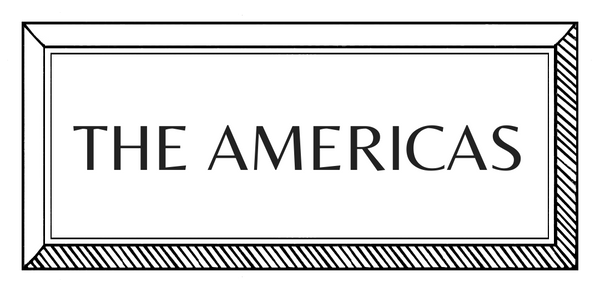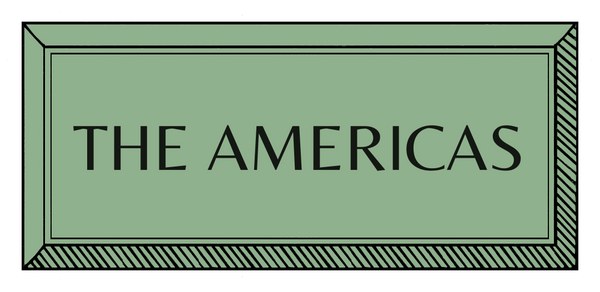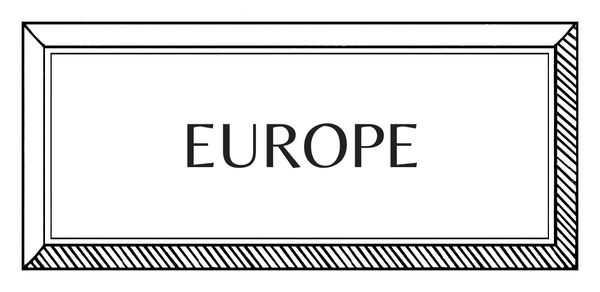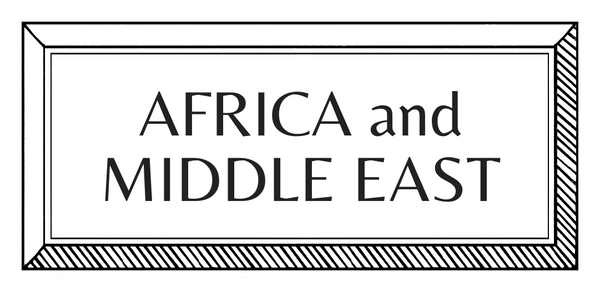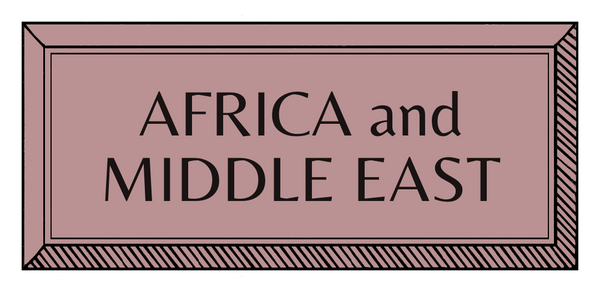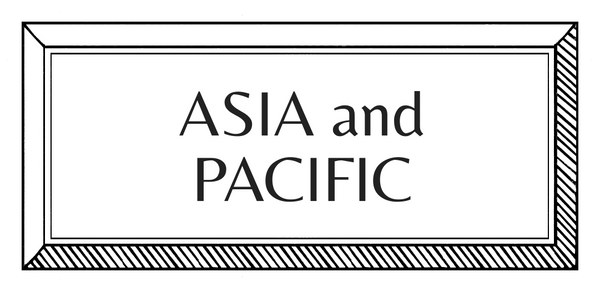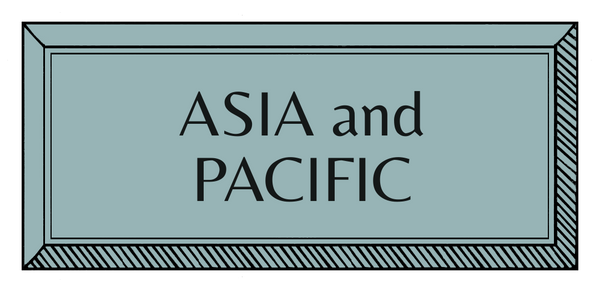CRAFT STORIES | THE AMERICAS | PERU | CERAMICS
Peru: A World Made By Hand

Ceramic traditions in Peru are as diverse as the history of its people. In Cusco, Rebeca Vaisman discovers the new gallery and workshop of one of Peru's most renowned national ceramicists, while reflecting upon the evolution of the craft throughout the country.
Pottery accounts for many of the best-preserved artefacts from Ancient Peru, a world so distant in time, yet so culturally, socially and symbolically present. Although predominantly utilitarian, pre-Hispanic ceramics are today also admired as art; they are studied as a powerful but subtle revelation of ancient spirituality, and as a window into the vast creative expression of the ancestral Peruvians.
Cusco has a long tradition of craftsmanship, and contemporary ceramist, Tater Vera, grew up surrounded by it. His grandfather, Rafael Vera, was founder of the Qosqo Center of Native Art; his father, Camilo Vera, was a noted vernacular musician; and his mother, Juana Vizcarra, was a collector of popular arts and one of Cusco’s first antique dealers. Tater, nourished from this rich environment, has dedicated the last 40 years to artistry, earning praise in Peru and beyond; he was named Meritorious Cultural Persona by the Ministry of Culture, and has a Recognition of Excellence by UNESCO.

From an early age, Tater saw beauty in the diversity of Pre-Hispanic ceramics, but grew interested in Colonial and Republican pottery, where a new language was born by the merging of different traditions and techniques. “A novel stage started for the magnificent Inca ceramics, a transition in this craft”, he explains. “Initially, these kind of ceramics could only be crafted by specialized artisans brought by the Spanish; local people were forbidden. With Independence, Peruvian family workshops appeared”.
Tater is speaking from his recently inaugurated gallery and museum in San Sebastian, some 15 minutes from the center of Cusco. The space represents years of work, holding not only his ceramic production, but also his large collection of antique Andean pottery, traditional textiles, Colonial and Republican painting, as well as furniture and marquetry. He has invited local artisans to showcase their work too, hoping this cultural space will celebrate all traditional Peruvian expressions.

Vera has invested decades in researching and recovering the art of glazing and high-heat techniques, which he decorates with viceregal imaginary and ethnographic iconography: his ceramics convene provincial scenes of fauna and flora from Andean villages. But as a creator, Tater always refused to limit his design. With time, he has incorporated new colors to the original Colonial and Republican palette of blues and greens, like bright reds and oranges that are not historically accurate but represent his contemporary take on traditional ceramics.
“We have to break the continuity. If we don’t, we are recreating a tradition, not developing it”, reflects the craftsman. “We should always infuse creativity and research to traditional pottery, saving the techniques but aiming for uniqueness”.

It is true that Peruvian ceramics have developed in various ways. On the coast, pottery communities, like Morrope and Catacaos, have continued with the craft because there is a traditional and specific use to their work, explains Josefa Nolte anthropologist and former Director of Cultural Patrimony of the Ministry of Culture.
Andean ceramists, on the other hand, have favored testimonial and decorative ceramics. This has produced modern masters, like Gerasimo Sosa in Chulucanas and Mamerto Sanchez in Quinua. Sanchez, who recently passed away, held the national title of Great Amauta (amauta means “wise man” and “teacher” in quechua), and very rightly so.
There is still some production intended for the community’s own use, like the pacchas (bowls) and tumines (vessels for storing water) made in Raqchi and Pisac, in Cusco. However, Nolte points out that the tourist market musters the focus of highland ceramists. “It is a sustained source of income, which is positive [but] the buyer’s preferences end up establishing the evolution of designs and objects, which is not."

To Nolte, the Amazonian case is unique; historically, ceramics were crafted by women and were meant only for everyday use. Indigenous Shipibo-konibo ceramics were the first to enter the market as traded products, which has allowed the emergence of new shapes, but every piece is still handmade by coiling it.
Across the country, some ceramicists collect mud from natural earth banks, while most have resorted to buying prepared clay; Pre-Hispanic techniques, like using a blade and a stone, are still in place. Perhaps the diversity of the rainforest – and the veil of isolation and protection it provides – has something to do with the prevalence of a plant-based coloring in the Amazon, whereas in most coastal and highland workshops, commercial paintings are long utilized in pottery.
“I think our gaze has to change”, reflects Nolte. “We want traditions to maintain their originality, but it is also necessary for popular artists to live from their craft. In the end, we just can’t ask any artisan to keep doing exactly what is considered traditional, as ceramics are a living and ever-changing work of creativity”.

- - - - - - - - - -
CONTRIBUTORS
Rebeca Vaisman is a Peruvian art and design writer, based in Lima, and a regular contributor to Cabana | Follow Rebeca on Instagram @rebecavaisman
Words by Rebeca Vaisman
Images from PromPerú, Uma Studio and Zamanta Vera






